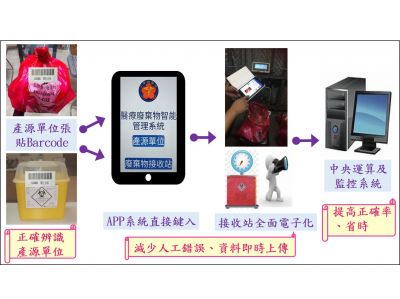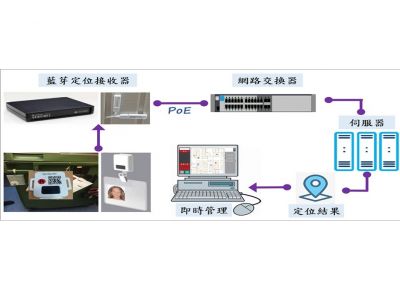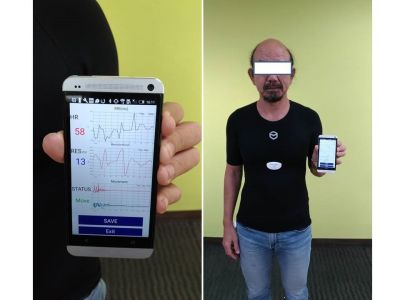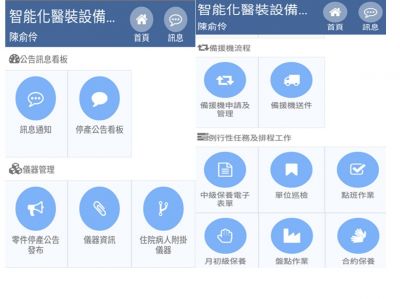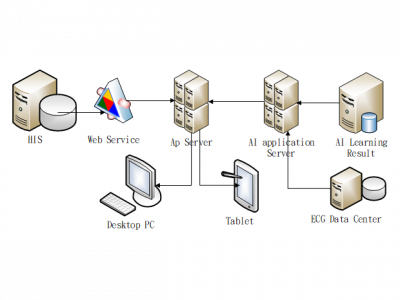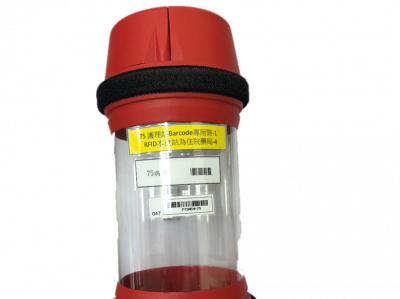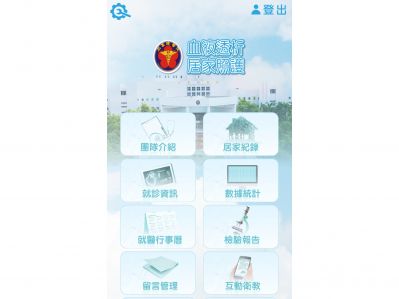Smart medical waste management system App
Tri-Service General Hospital
Smart Hospital Solution Hospital logistics management system APP Software Internet of Things Application Medical computer and tabletInformation
Benefits
1. After the smart medical waste management system is installed, users can scan the barcode on the waste produced by a source. Each waste collection cart is installed with a positioning beacon to track the waste collection time and routes. A positioning system is enabled by installing Bluetooth receivers throughout the hospital. This enables real-time online monitoring of waste collection time and routes for each ward. Recorded data can be tabulated and outputted to prevent disputes.
2. All collected wastes are stored in a fully electronic collection station, which features an electronic balance and directly inputs waste weight data into the smart management system. The system then calculates the amount of wastes produced by each ward or clinical examination room and produces a daily statistics report.
3. Wastes are sorted and inspected at the waste collection station. Any misconduct observed is immediately recorded by taking photos and uploading them to the platform. Personnel from the source end can then use the platform to identify areas requiring improvement. This enhances the improvement efficiency of all personnel. Historical records are kept and categorized by waste source, type, and weight. The records serve as a reference for medical and management units to determine the effectiveness of waste reduction for further improvement.
4. A positioning system has been installed in the hospital to locate all waste collection carts, which can be monitored regularly using an online platform. This reduces the time required for manual data tracking using printed records, thereby resolving problems regarding labor shortages during weekends and at night. Moreover, this allows the hospital to backtrack the collection of biomedical wastes, thus ensuring that the retention time of wastes in a temporary waste collection room does not exceed that stipulated in relevant regulations. This not only prevents pollutions in the clinical environment but also ensures precise management of waste collection routes, time, and frequency as well as the control of environmental pollution.5. Statistical data regarding the weight of wastes generated by all sources are recorded. Specifically, a hospital information system is used to acquire information on the daily number of beds occupied and weight of wastes produced. The differences in the amount of wastes produced by each bed in each ward were calculated using the system, providing reference data for managers to conduct improvement.
6. The smart medical waste management system, hospital information system, and positioning management system are integrated to automatically generate relevant reports. This allows nurses, clinical staff, cost control personnel, and management units to perform online monitoring.
7. Following system integration, the human resource cost is reduced by NT$305,000, and the incineration fee is reduced by NT$1.02 million. The system establishment cost is NT$110,000. Therefore, the total cost reduction is NT$1.215 million.
Business Partners
廠商名稱:THLight Co.Ltd.
聯絡人:C.J. Chi.
聯繫電話:02-26262670
電子郵件:CJ.Chi@THLight.com
Clients
Tri-Service General Hospital
